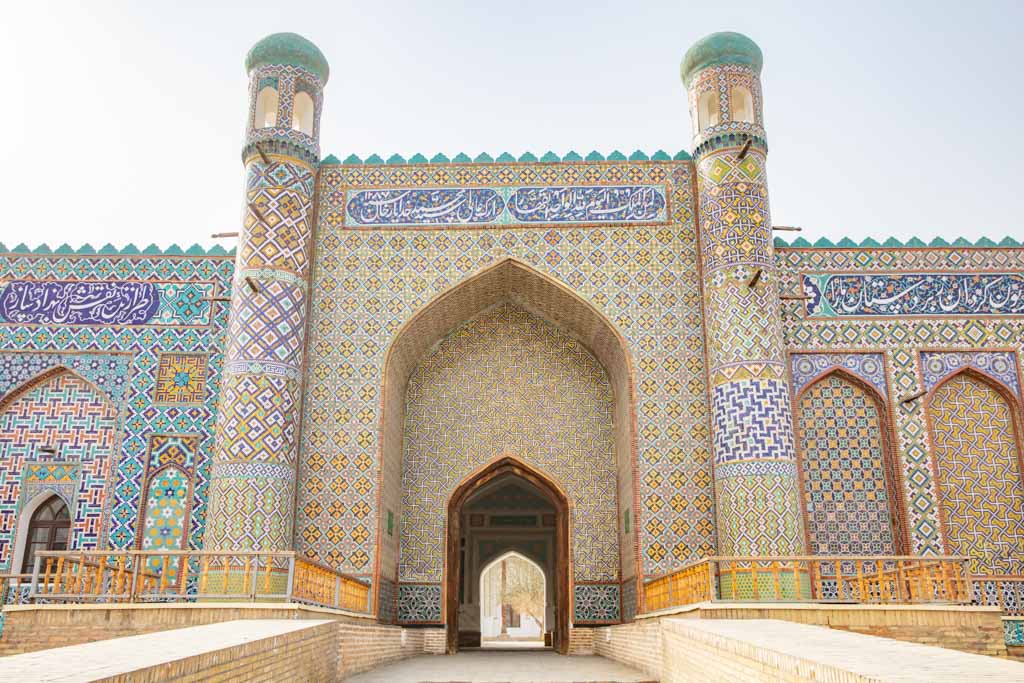
Uzbek Fergana Valley Travel Guide
Updated April 2024, Uzbek Fergana Valley Travel Guide was originally published in March 2022
Great for slow travelers and those wanting to get underneath the surface of Uzbekistan a bit more than those that flit quickly through the Silk Road cities of Samarkand, Bukhara, and Khiva, the Uzbek Fergana Valley ticks all those boxes and then some.
The history of the Fergana Valley in general, as well as the areas that fall within the bounds of the Uzbek border demarcations, is a complicated one. Have you ever wondered why the Kyrgyz, Tajik and Uzbek borders gnarl together in the weird way that they do?
The divvying up of the Fergana Valley was done under Joseph Stalin, who divided up the region across three created SSRs, the Uzbek SSR, Tajik SSR, and Kyrgyz SSR, leaving a swirled border and several enclaves that still are cause for heated battles and conflicts among the nations of Tajikistan, Kyrgyzstan, and Uzbekistan.
For all these reasons and more, the Uzbek Fergana Valley can feel complex as you travel the region, trying to wrap your mind around the history, cultures, traditions, and divisions that lie across and on the same sides of these borders.
Needless to say, it’s only taken me like seven years to write this post (I can’t believe I’ve been going back and forth to Central Asia for that long now 😳) or that I’ve been doing this blogging thing this long but here we are. So, without carrying on too long, here is the Uzbek Fergana Valley Travel Guide.
Start here: The Uzbekistan Travel Guide
Pick up a copy of Bradt’s Uzbekistan Guidebook and start planning
Need Travel Insurance and Evacuation Services for Uzbekistan?
Start shopping for travel insurance plans over at IATI Insurance. Readers of the Adventures of Nicole get a 5% discount off your plan.
The Adventures of Nicole partners with Global Rescue to offer the world’s leading medical evacuation and security advisory services. To travel with peace of mind, shop evacuation coverage at Global Rescue.
Stay online across Uzbekistan
Rent a UZWifi mobile pocket router
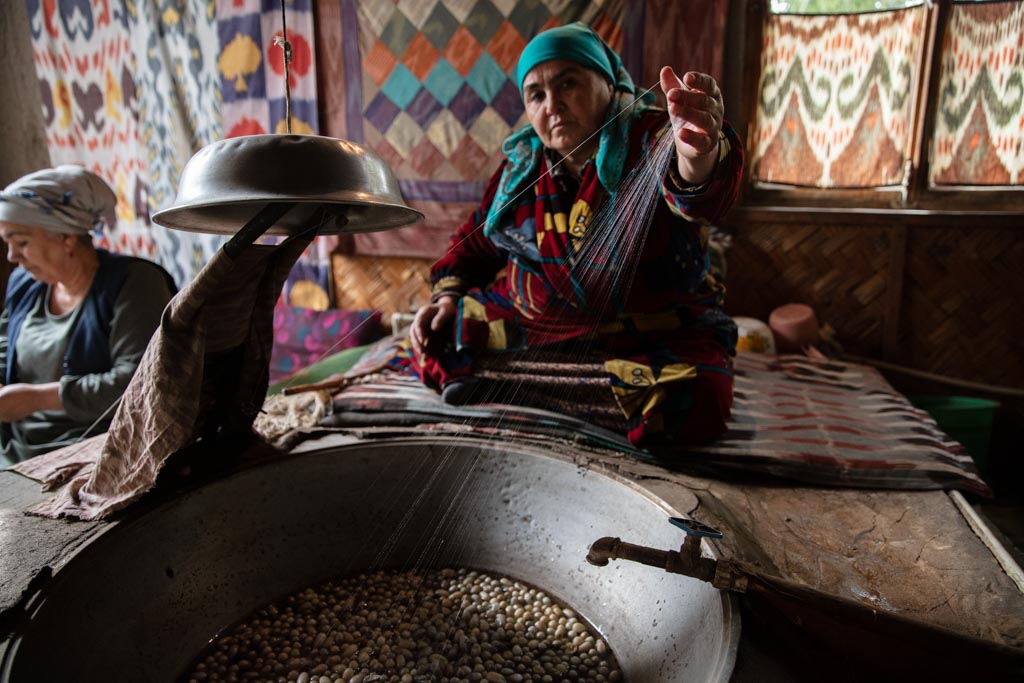
A Brief History of the Fergana Valley
The Fergana Valley is home to some of the oldest civilizations on Earth, being inhabited for thousands of years owing to its prime location in a fertile and wide depression between the Tien Shan Mountains and Pamir-Alay Mountain System.
As the Silk Road was established, the Fergana Valley would become an important stop en route for traders making the journey between Europe and East Asia and just about everywhere in between. The Fergana Valley would see massive empires rise and fall, palaces and fortresses established, marauders and explorers pass through, and Central Asian towns rise from dusty bazaar villages to wealthy cities.
Following the dissolution of the Soviet Union in 1991 much turbulence would rock the Fergana Valley as border disputes erupted, a brutal civil war took place in Tajikistan, ethnic conflicts, and armed clashes ignite. Some of the most prominent events were the 2005 Andijan Massacre, the 2010 Southern Kyrgyzstan Riots, and the 2021 Tajik-Kyrgyz Vorukh Conflict.
These events and conflicts have led to strained, delicate, and often tense relations between the three nations as well as between the ethnic groups that inhabit the Fergana Valley Region. In addition, the Uzbek Fergana Valley has been plagued by the radical Salafist-jihadi Islamic Movement of Uzbekistan which was founded and funded by extreme Wahabis from Saudia Arabia. Though the group is still active they have been largely suppressed.
Plan the best Uzbekistan trip: A Two Week Uzbekistan Itinerary
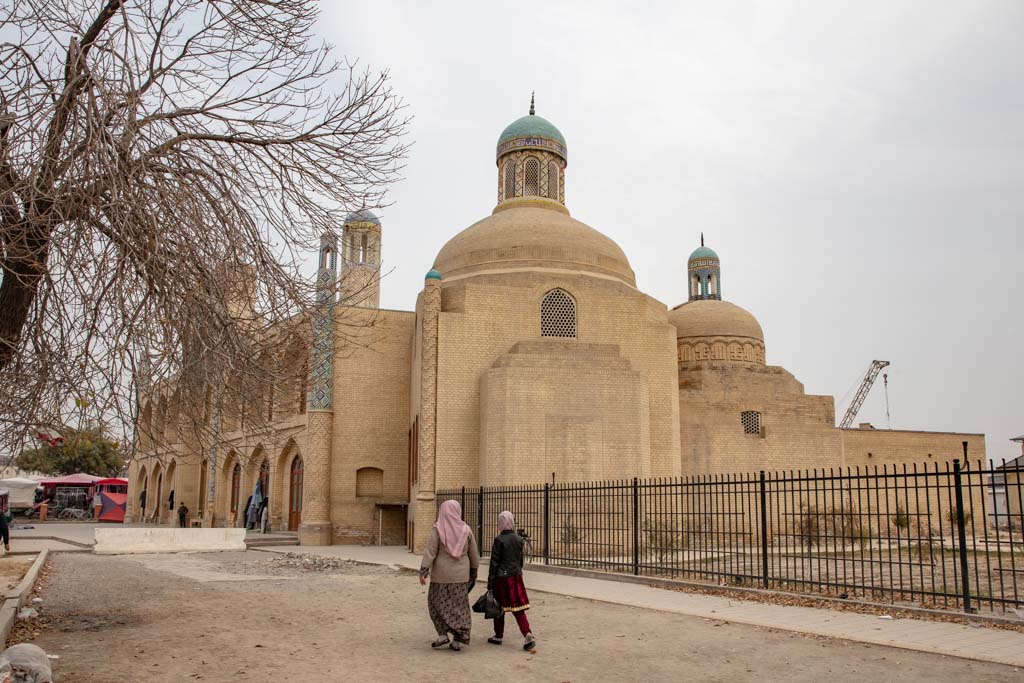
So is the Uzbek Fergana Valley Safe?
Despite the series of violent events following the dissolution of the USSR, the Fergana Valley is generally safe for tourists to visit. With that said, it’s always a good idea to keep an eye on the news (I recommend checking RFE/RL and Eurasianet) before your visit to stay in the know on current events, just in case you need to make a change of plans.
In general, most visitors will be welcomed with open arms, copious amounts of food, and warm hospitality in the Fergana Valley.
Going as a solo lady? Check out my Solo Female Travel in Uzbekistan Guide
Getting to the Uzbek Fergana Valley
Getting to the Uzbek Fergana Valley from Tashkent and other destinations within Uzbekistan is best done by train or shared taxis. You can check the train schedule for destinations in the Fergana Valley at Uzbekistan Railways or download their app. For shared taxis from Tashkent, head to Kuyluk Bazaar to find cars departing for destinations in the Fergana Valley.
For trains from Tashkent expect to pay anywhere between 79,000 and 204,000 UZS ($7-20 USD), depending on class, for a one-way ticket to destinations within the Fergana Valley. Shared taxis from/to Tashkent should cost around 70,000 UZS for a seat.
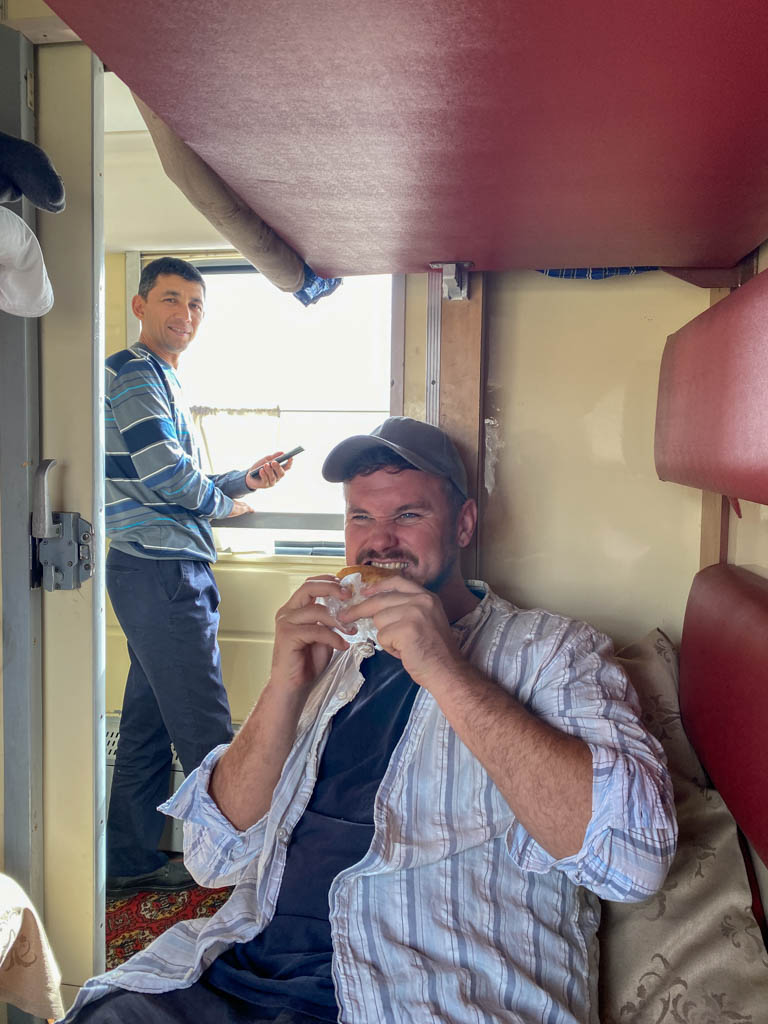
If you’re coming from Tajikistan’s Fergana Valley cities of Khujand and Istaravshan, you will be crossing at Konibodum/Beshariq. You will need to get on a marshrutka from Khujand to Konibodum (10 TJS), then another marshrutka to the border (3 TJS) or taxi (25 TJS), and walk across and do border formalities. Once you are in Uzbekistan catch a minibus from the border to Beshariq (4,000 UZS), and another minibus from Beshariq to Kokand (8,000 UZS).
Those coming from Kyrgyzstan’s Fergana Valley city of Osh will cross at the Dostyk border post. From Osh, you can take marshrutka #107 or #113 (10 KGS) from across the street from the Old Bus Station (note that there is a #107 that goes to the airport too- so check when boarding that it’s going to Dostyk, not the airport). After completing border crossing formalities, hop in a shared taxi bound for Andijan for 15,000 UZS per seat or charter the whole car for 60,000 UZS.
Note that I’ve included information on getting between destinations within the Uzbek Fergana Valley in their respective destination guides below.
Where to Stay in the Uzbek Fergana Valley

As for where to stay, the most obvious would be Fergana City given its central location in the Uzbek Fergana Valley, its more abundant offering of accommodations and restaurants, and the fact that it’s the transport hub for the region. With that said, you can always stay in other cities too such as Kokand, Namangan, and Andijan. Margilan is also another great option seeing that Margilan and Fergana City kind of blur together as one given their proximity.
Note that I have included accommodation options for each destination in each of their destination guides below.
Where to Go in the Uzbek Fergana Valley
The Uzbek Fergana Valley is relatively small, making it easy enough to hit most all the highlights in the region within about three days, though some travelers may stay much longer or flit through in a day depending on their level of interest in the sites here.
I will preface this by saying that the Uzbek Fergana Valley is more of a cultural travel experience. While the cities of Kokand and Namangan boast mosques and madrasas galore- they do not house the opulent architecture like Samarkand, Bukhara, and Khiva do.
Starting the adventure in the capital? Check out my Tashkent Travel Guide for ideas
Fergana City
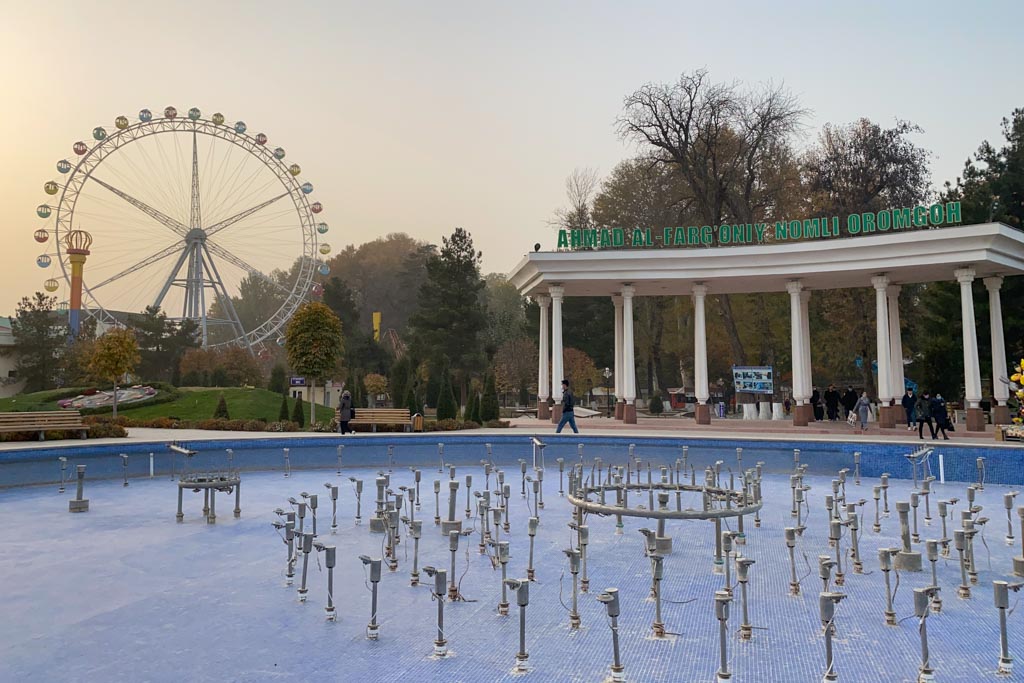
To be completely honest, Fergana City doesn’t have much in way of attractions, however, the city is the easiest jumping-off point for further exploration into the Uzbek Fergana Valley.
I’ve been back to the Uzbek Fergana Valley three times now, and I have stayed in Fergana City every time as the city offers the most accommodation options, as well as a plethora of restaurants to choose from, and acts as the regional transportation hub.
The city of Fergana was founded in 1876 so it is still a fairly new city compared to its neighbors. Originally named Novi Margilan (New Margilan), the city is located only 15 kilometers south of the original Margilan.
It wasn’t until the 1920s that Fergana City gained its current name. The city is home to a large Russian and Korean population.
Things to do in Fergana City: Central Park, Bazaar
Where to Stay in Fergana City: Status Guesthouse, Valentina’s Guesthouse, Voyage Hotel, Taj Mahal Hotel
Best Restaurants in Fergana City: Traktir Ostrov Sokrovish, Book Cafe, Ansor
How to get to Fergana City: If you’ve arrived by train from Tashkent, you will get off at the Margilan Train Station where you can grab a shared taxi from the parking lot to Fergana City for about 10,000 UZS per seat.
Margilan
Margilan is Central Asia’s silk capital, having been a center of silk production for hundreds of years. If you’ve been curious to see the process of production for the beautiful silks you’ve seen for sale in the shops and bazaars around Uzbekistan, Margilan will have your answers.
Yodgorlik Silk Factory
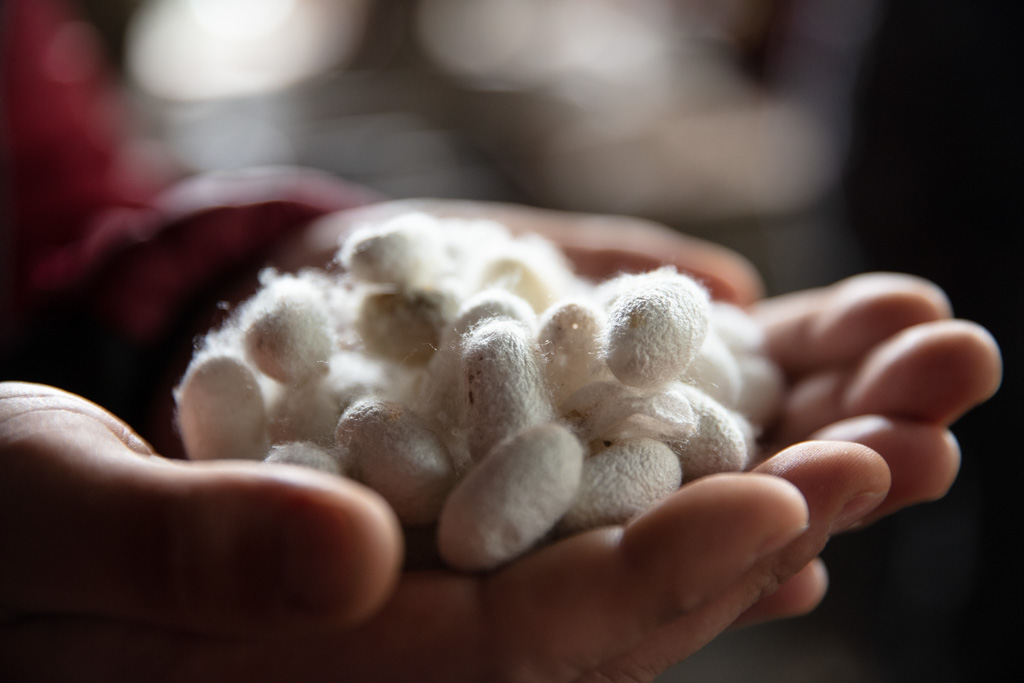
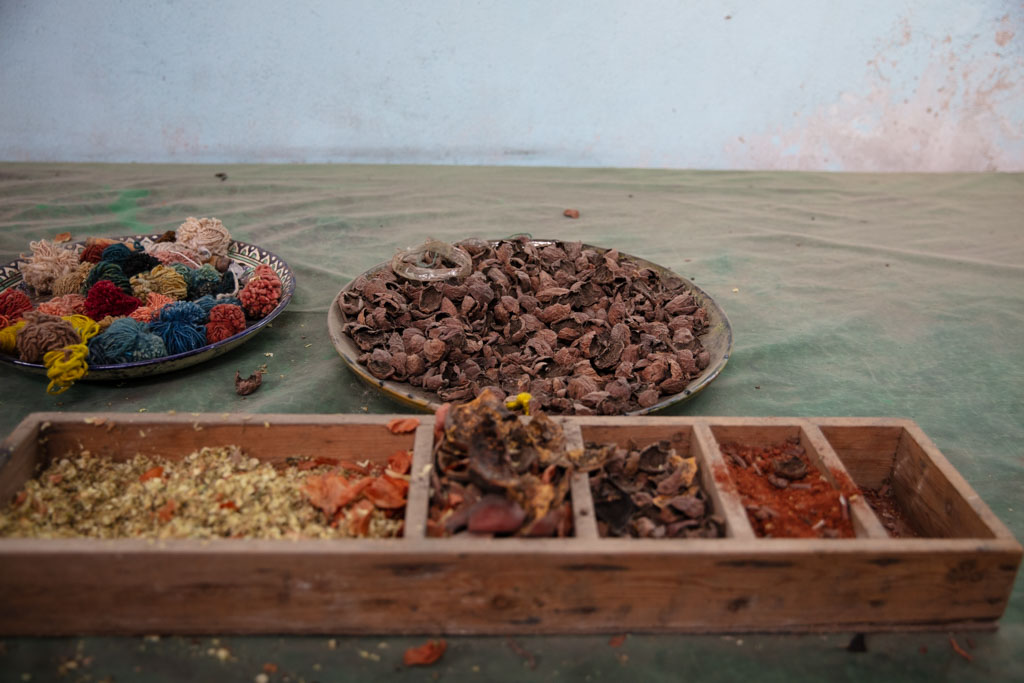
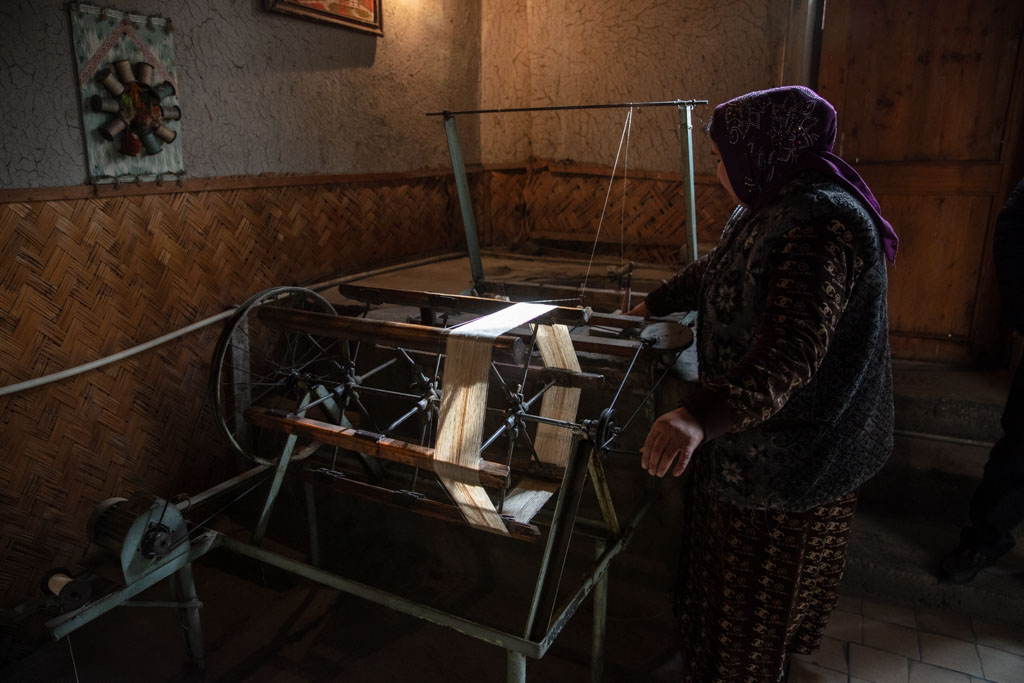
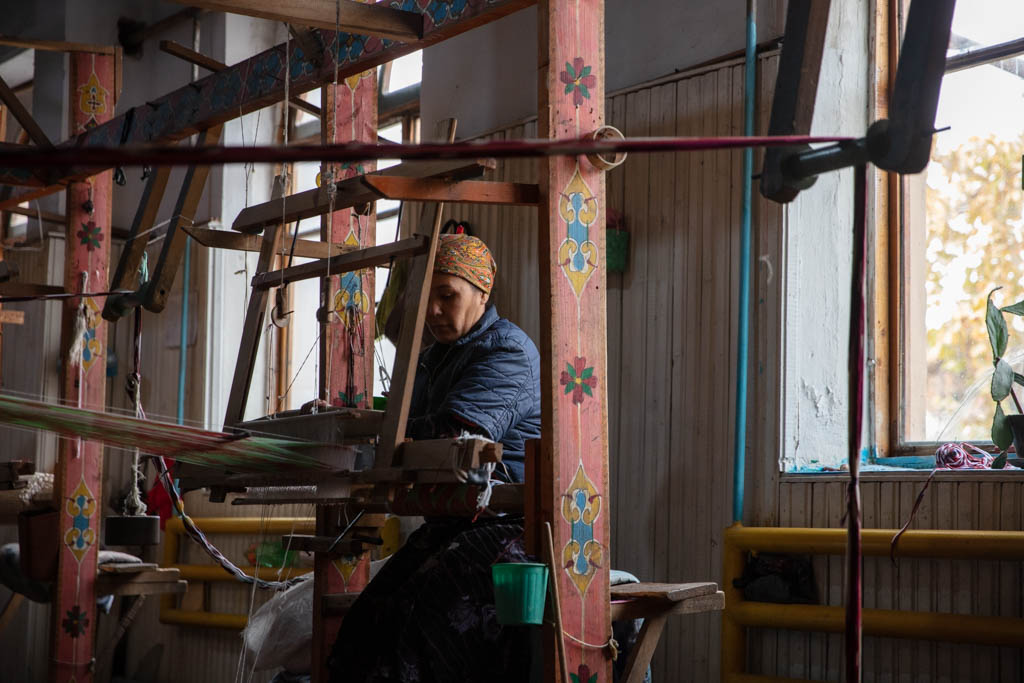
Head over to the Yodgorlik Silk Factory shop and you’ll be greeted and offered a tour of the silk factory which is the main reason to visit. You will then get to see silk production techniques from the harvesting of the silk from the cocoons to the dying and weaving of the silk fabric. Tours are available in Russian, Uzbek, English, and German and will cost 10,000 UZS per person.
Once you’re done seeing the production of silks, head on back to the shop where you can purchase silk fabric, scarves, garments, and more that are made right here at Yodgorlik.
Kumtepa Bazaar
Sitting 5 km west of Margilan’s center, Kumtepa Bazaar is the best place to go if you want a more authentic shopping experience. It’s best visited on Thursday and Sunday morning when the bazaar is at its busiest. If you don’t want to head outside of Margilan though, the bazaar right in the city center is a fun stroll, gazing at mountains of dried fruits, buts, and produce.
Khonakhah Mosque
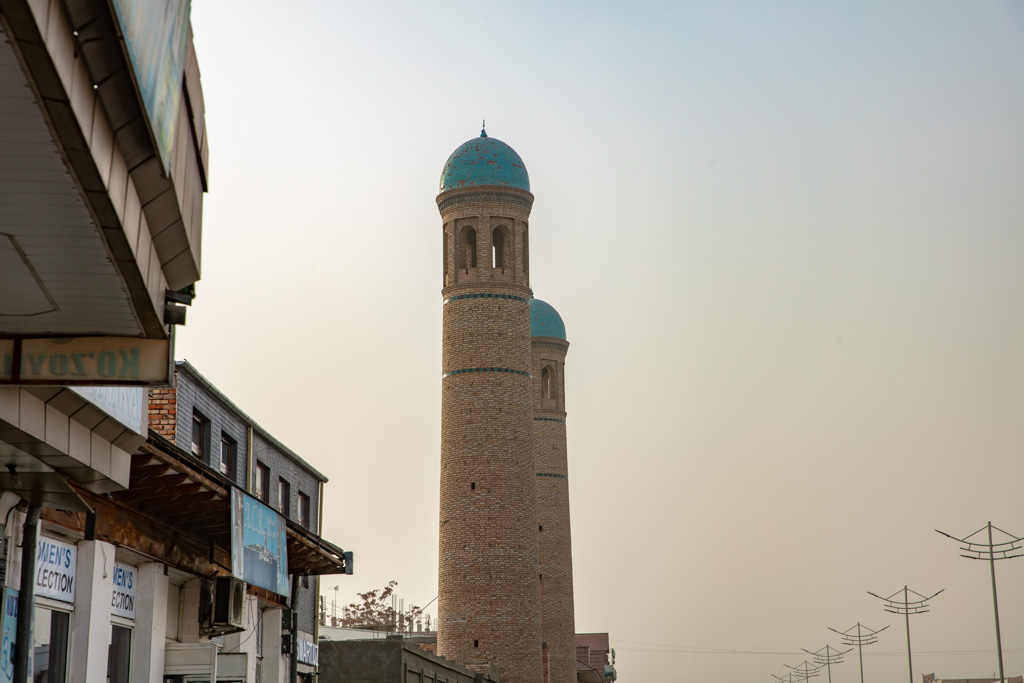
Just east of the main intersection at the center of Margilan off of B Margilani Ko’chasi you’ll see the towering 26-meter minarets of the Khonakhah Masjid ling before you reach the mosque itself. Khonakhah Mosque is known for its impressive wood carvings, many of which date back to the 16th century- though it’s worth mentioning that on my (re)visit in November 2021, the mosque is fully under construction.
Said Ahmad Haji Madrasa & Margilan Crafts Development Center
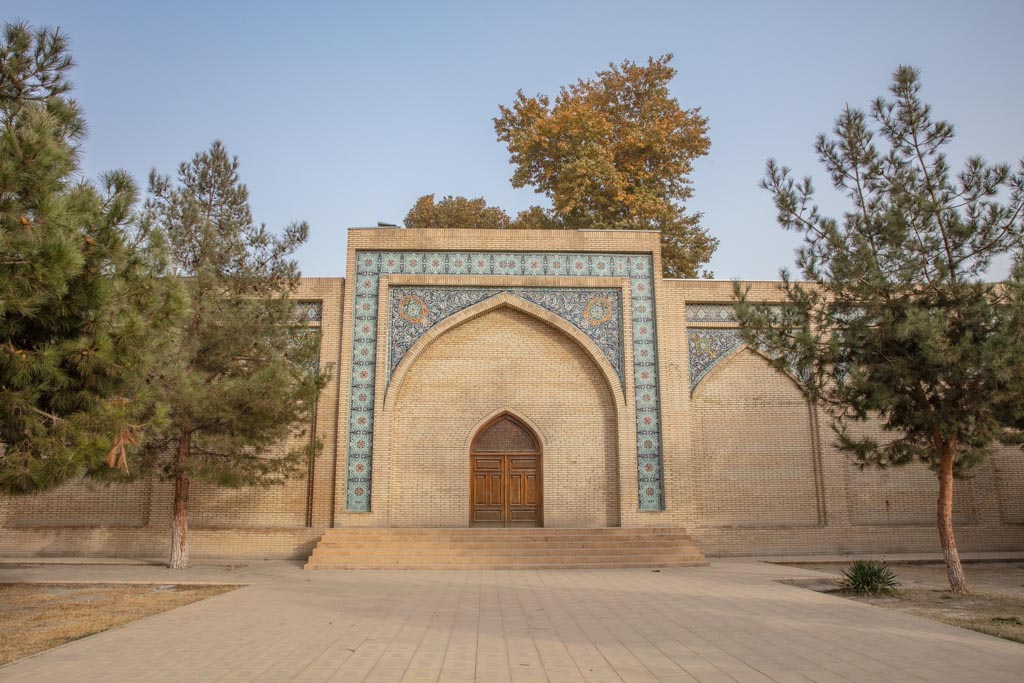

To the south of the Khonakhah Mosque on Said Ahmad Khodjaev Street is the Said Ahmad Haji Madrasa, founded by Said Ahmad Khodjaev in the 19th century. Said Ahmad Khodjaev fled Margilan for Afghanistan and later Saudi Arabia during the Bolshevik Revolution fearing retaliation as he was an advisor and philanthropist to the tsar’s administration.
The structure was used as a jail for a stint of time under the USSR but was converted back into a madrasa in the 1990s and currently houses the Margilan Crafts Development Center.
Where to Stay in Margilan: Ikat House, Adras House
Best Restaurants in Margilan: Eden Fast Food
How to get to Margilan: As mentioned previously, Margilan does have a train station at the southern end of town. Shared taxis ply the route between Margilan and Fergana City for 10,000 UZS per sear.
Kokand
If you had to pick only one city to visit in the Fergana Valley, I’d vote for Kokand as it boasts the most sites and best architecture and serves as the gateway to the Fergana Valley for those arriving from Tashkent. in the 18th and 19th centuries the city served as the of the Kokand Khanate.
Historically Kokand sat at the crossroads of two major trade routes along the ancient Silk Road, making it a prominent stop for caravans crisscrossing Eurasia.
Khudayar Khan’s Palace
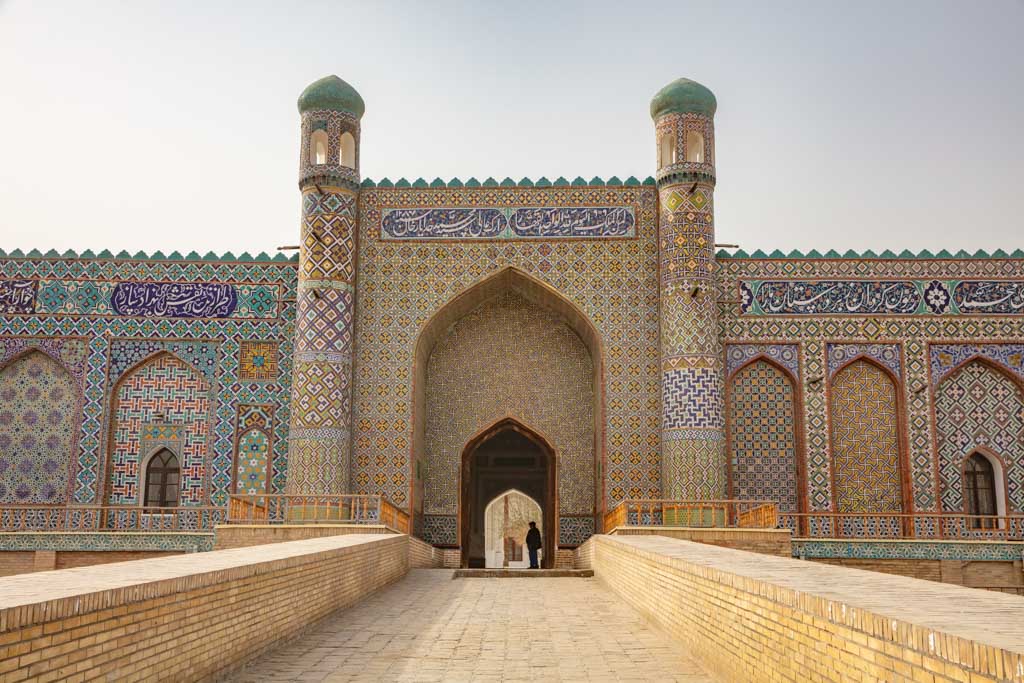
Khudayar Khan’s Palace is the most opulent building in Kokand and the once royal residence. The exterior walls are covered in spectacular tiled patterns and inside the palace once housed 114 rooms and seven courtyards (only 9 of which rooms remain). The palace was commissioned under architect Mir Ubaydullo.
Khudayar Khan was the final ruler of the Kokand Khanate who reigned off and on between 1845 and 1875. In the 1850s the Russian Empire made great advances in Central Asia, finally gaining control of the greater Central Asia region.
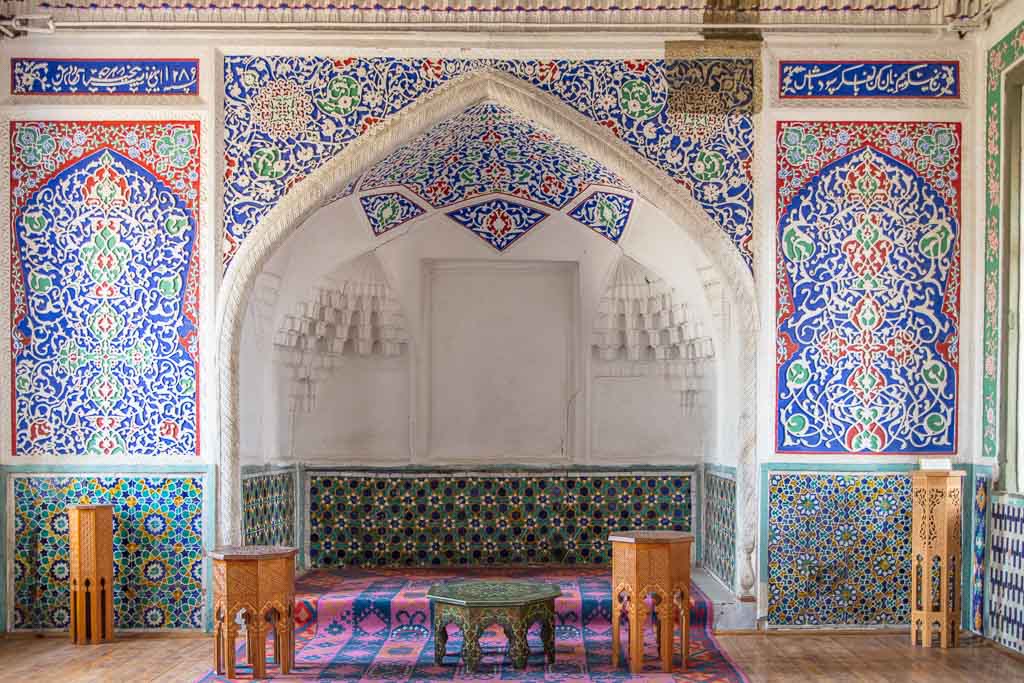
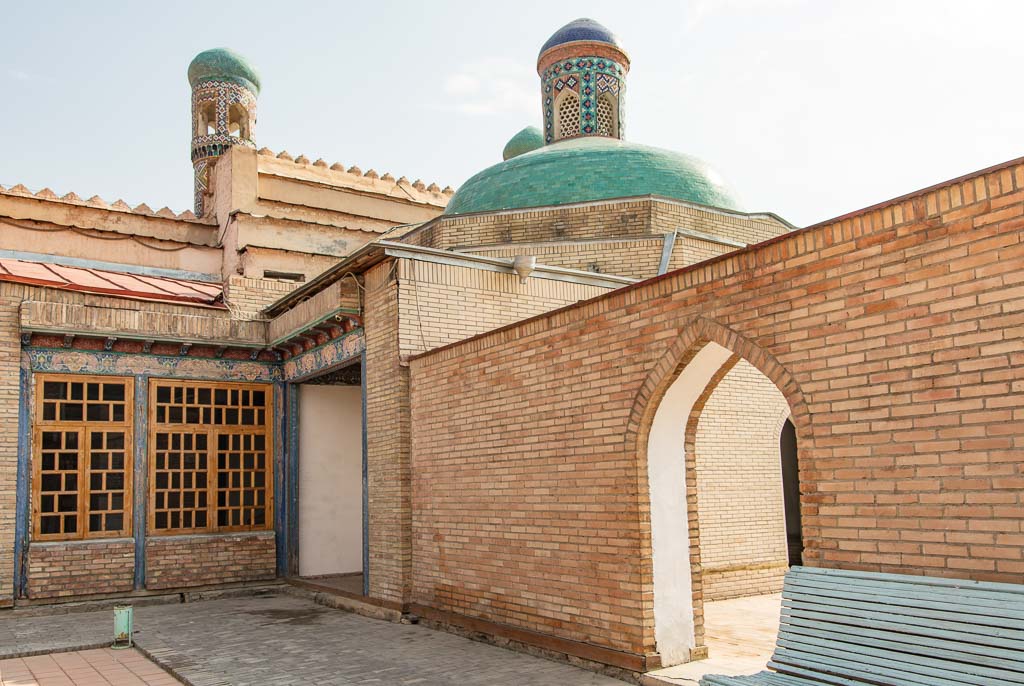
Within the Khudayar Khan Palace, you can visit the History Department to check out relics and artifacts, and the Art Department to see locally made pieces and even includes a few ceramic works by Alisher Nazirov of Rishtan.
Entry to the Khudayar Khan Palace is 15,000 UZS for foreign visitors.
Joma Mosque

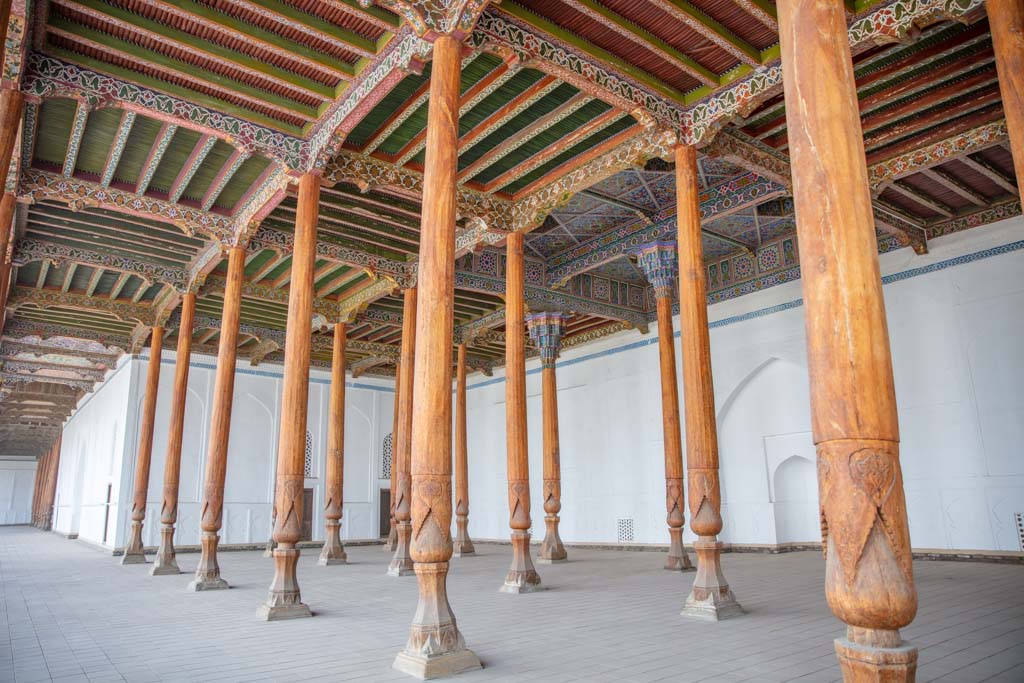
Built in 1812 by Umar Khan, Joma Mosque is Kokand’s grandest. The courtyard is centered around a nicely tiled 23-meter high minaret that is possible to go inside of- just find the museum caretaker who has the key to unlock the lower door.
Joma Mosque houses the small Applied Art Museum, which features some Rishtan ceramic pieces, wooden car ings, skull caps, looms, and jewelry.
Entry to the Applied Art Museum and Mosque is 15,000 UZS for foreigners.
Narbutabey Mosque and Madrasa
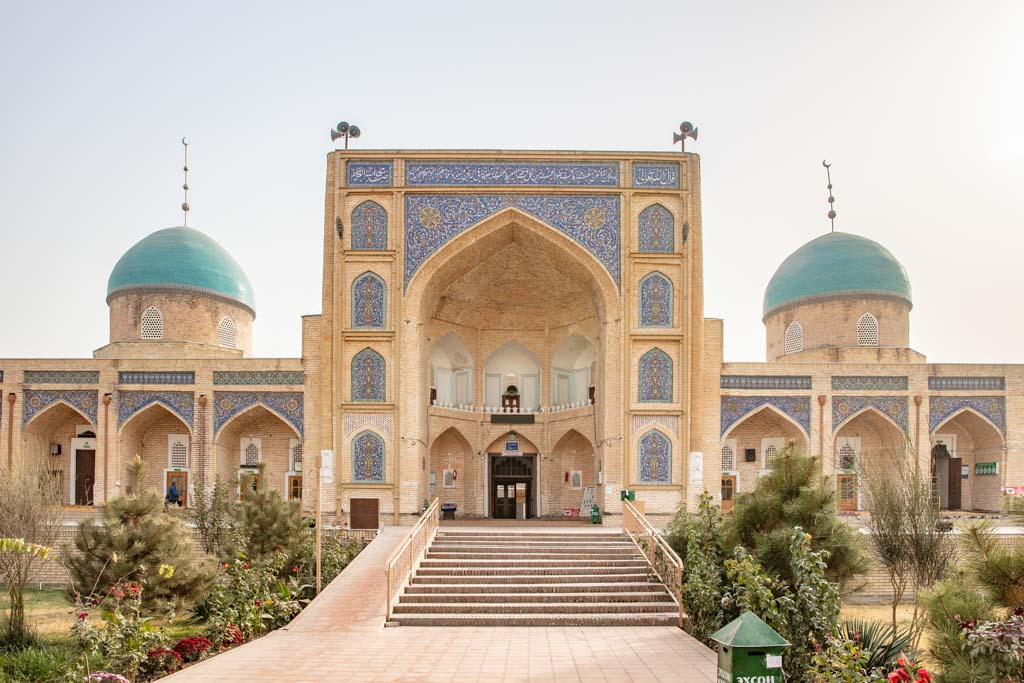
The Narbutabey Madrasa and its adjacent mosque were completed in 1799, finally re-opened again following their shut down by the Bolsheviks, opened once again following independence, and Karmimov’s shutdown of the facilities in 2008. You’ll likely be approached by a man named Mohammed when you arrive at the mosque and madrasa grounds who will tour you around (donations are welcome and recommended).
The Narbutabey Madrasa features a courtyard surrounded by khudjras (studying cells), a darshana (classroom), and a mosque where 80 students practice and study.
Modar i Khan Mausoleum
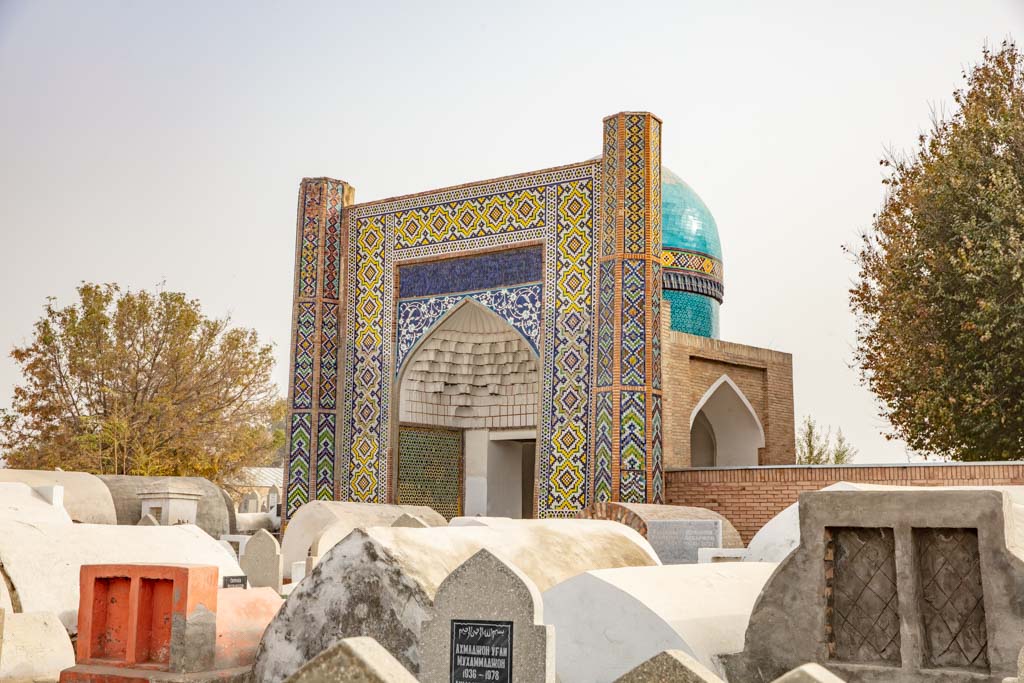
A short jaunt to the east of Narbutabey Madrasa, you’ll reach a graveyard and eventually the Modar i Khan Mausoleum. The blue-domed mausoleum was completed in 1825 for Umar Khan’s mother.
Dakhma i Shokhon
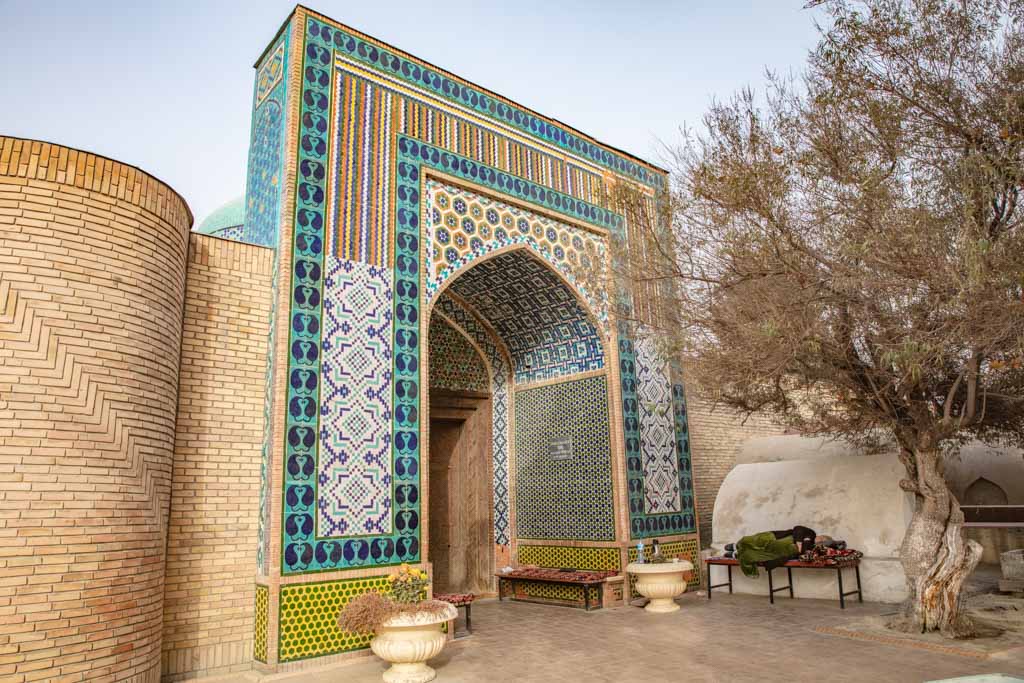
Continuing southeast of Modar i Khan Mausoleum, is the Dakhma i Shokhon housing the tomb of Umar Khan. The Dakhma i Shokhon was completed in the 1830s. The tomb features a wooden portal with the poetry of Umar Khan’s wife- Nodira Begum carved into it.
Tablet of Nodira
East of the Dakhma i Shokhon is the tomb of Nodira Begum, the wife of Umar Begum and beloved Uzbek and Tajik poet. She had originally been buried behind the Dakhma i Shokhon, but her remains were eventually moved to this location and placed underneath a white stone tablet.
Kamal Kazi Madrasa

A short distance west of the Joma Mosque on Hamzi Ko’chasi is the Kamal Kazi Madrasa (also known as the Amin Beg Madrasa) The Islamic school was built in the 1830s for Amin Beg, the son of Madali Khan. Kamal Kazi was the architect who restored the beautiful tile work that adorns the facade, hence the name. The Kamal Kazi Madrasa now houses the Diydor Shirin Chaikhana.
Sahib Mian Hazrat Madrasa
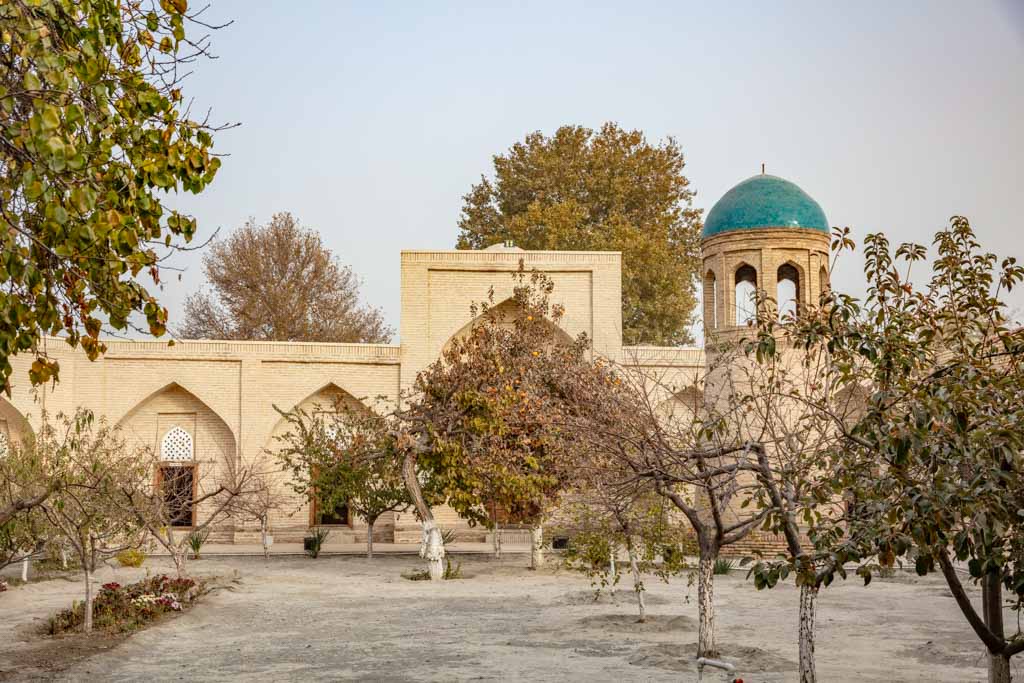
The Sahib Mian Hazrat Madrasa houses a small museum dedicated to Uzbek poet Mohammed Amin Mukimi who lived from 1850 to 1903.
Entry to the Sahib Mian Hazrat Madrasa Museum is 5,000 UZS for foreigners.
Museum of the Great Scholars (Khamza Museum)
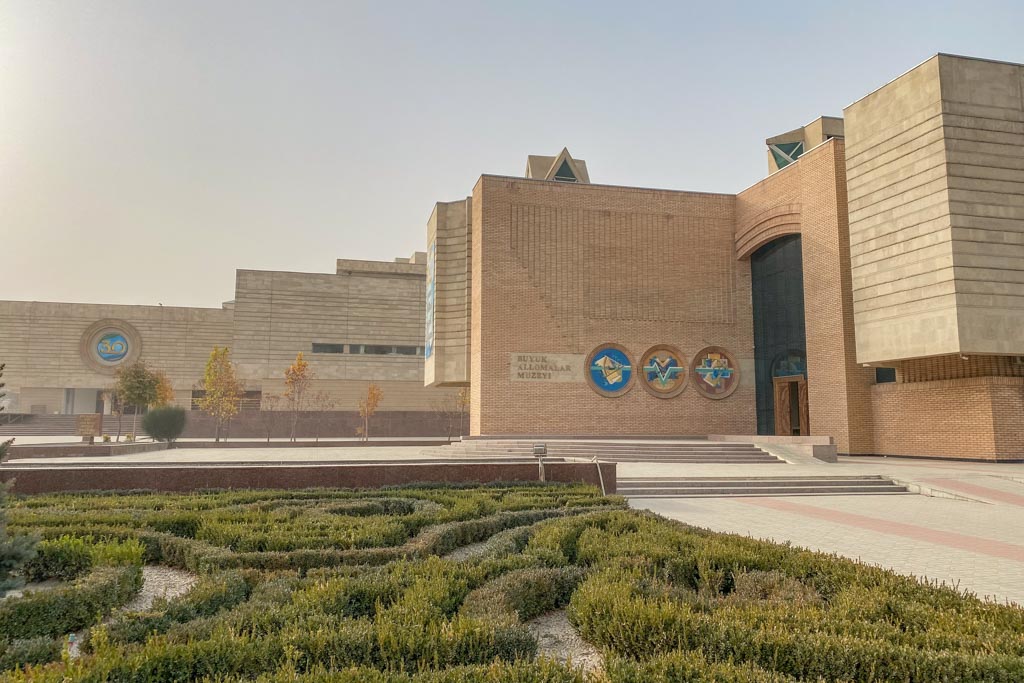
The Museum of Great Scholars, also known as the Khamza Museum houses exhibits about the life and history in Kokand and tells the story of Khakim Khakimzade Niyazi, better known by the name of Khamza, who was a Soviet-era poet and dramatist. It sits just next door to the Khamza Musical and Drama Theatre.
Where to Stay in Kokand: Dangara Hotel, Silk Road Kokand Hotel
Best Restaurants in Kokand: Diydor Shirin Chaikhana, Jahan Chaikhana, Kapriz Cafe
How to get to Kokand: The Kokand Train Station sits about 2 km south of the city center for those coming from Tashkent directly to Kokand. If traveling by shared taxi from Fergana City or other destinations in the Fergana Valley, you will be dropped off at the Dekhon Bazaar, plan to pay about 15,000 UZS for a seat from Fergana City. As mentioned previously minibusses go between the Beshariq/Konibodum Tajik border crossing and Kokand.
Rishtan
With a pottery-making history extending back over 800 years, Rishtan is among the largest ceramics centers in all of Central Asia. These artisan techniques are still very much alive and well, having been passed down from generation to generation over the years. A majority of the ceramic works you’ll find for sale in shops throughout Uzbekistan are made here in Rishtan.
In the foothills surrounding Rishtan, the plant known as ishkar is found, which is the element responsible for the vibrant blue glaze Rishtan pottery is famous for. Ishkar became renowned around Central Asia- the ishkar glazed pottery techniques ended up making it to the famed ceramics city of Istalif in Afghanistan. The ishkar plant is burned and the glaze is created from its ashes.
All that said, Rishtan isn’t a major destination in the Uzbek Fergana Valley, so the main attraction is to see the ceramic workshops, museum, and to purchase ceramic works. The best way to visit Rishtan is as a stop for a couple of hours en route between Kokand and Fergana City.
Alisher Nazirov’s Ceramic Workshop

The workshop of famed ceramics artist Alisher Nazirov is open to the public and well worth a visit to see his works, purchase ceramic pieces, and even watch some of his apprentices at work. Nazirov began making pottery at the age of 12, mastering his craft in just a few years.
We popped into the ceramics workshop unannounced and were greeted by apprentices studying under Nazirov who toured us around and even demonstrated their ceramics skills. You can call ahead too if you’d like to arrange a visit in advance at +998734523343.

Risthtan Ceramic Museum
The Rishtan Ceramic Museum is run by art director Rustam Usmanov, who operates the museum out of his home. He offers tours free of charge, but if you call in advance you can arrange for a lunch or dinner at the museum for about 25,000 UZS per person at +998734521585.
How to get to Rishtan: Rishtan is best visited as a brief stop for those going between Fergana City and Kokand as it’s located about halfway between the two cities. A shared taxi to/from Rishtan from either city will cost roughly 7,000 UZS.
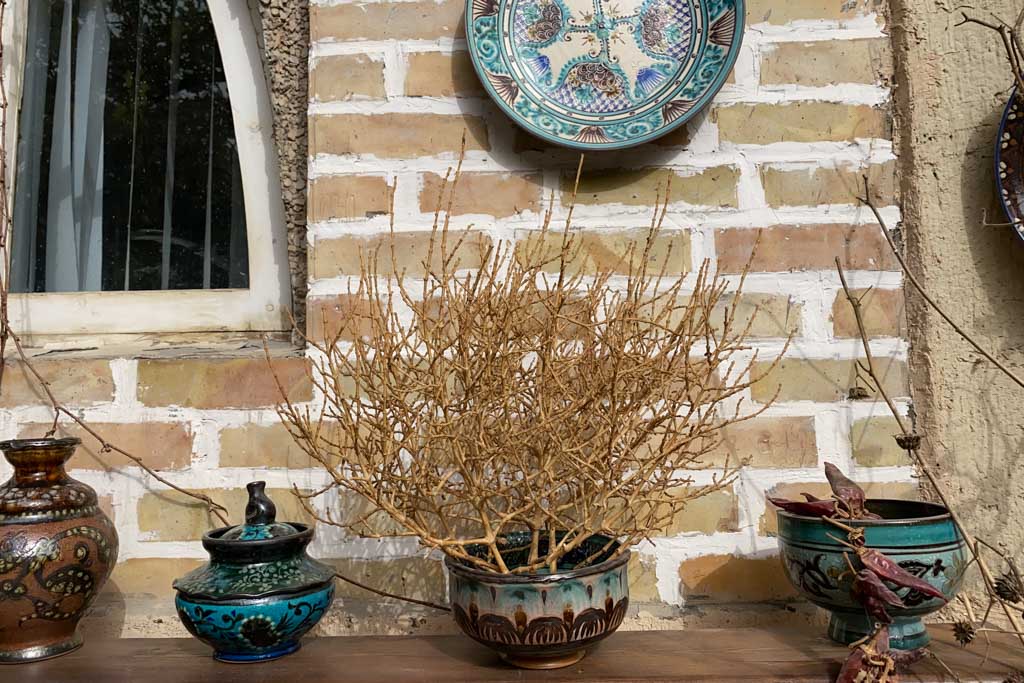
Namangan
Becoming the Fergana Valley’s religious center in the 17th century following the abandonment of the ancient city of Aksikent, Namangan does feel more conservative than other destinations in Uzbekistan (though not conservative like Afghanistan or Yemen might). At its zenith, Namangan was home to over 600 mosques, though many were shut during the years under the Soviet Union. Still, the Soviets were never able to fully quash the religiousness of the population in the city.
Following independence, Wahabbism made its way to Namangan bringing a much more extreme form of Islam with it and eventually leading to the formation of the now-banned Islamic Movement of Uzbekistan.
Mullah Kyrgyz Madrasa

Mullah Kyrgyz Madrasa is perched to the east of Chorsu Bazaar on Uychi Ko’chasi. The original mosque dates back to 1910, conceived by architect Usto Kyrgyz, but much of the madrasa has been covered with this bizarre fake brick that looks like the bricks were drawn on with black bubble paint (you’ll see this among several of the Fergana Valley mosques and madrasas). With that said the mosque is still worth visiting to appreciate the still existing original woodwork and tilework.
Khoja Amin Mosque & Khojamni Kabri Mausoleum

A short stroll to the south of Mullah Kyrgyz Mosque you will reach the (much more fascinating in my opinion) Khoja Amin Mosque and Khojamni Kabri Mausoleum that were both designed by architect Usto Mohammed Ibrahim in the 1720s.
We happened to show up outside the mosque where a local man started chatting with us. Soon two young men approached realizing that we were visitors and were beyond excited to practice their English skills with us (being two native speakers). The boys explained that the mosque was open to men only, so I gave my friend Dan the go-ahead to enter with them, but the boys insisted I see the two sites and spoke with the caretaker, who was intrigued by two tourists turning up in Namangan and excitedly gave us the grand tour.

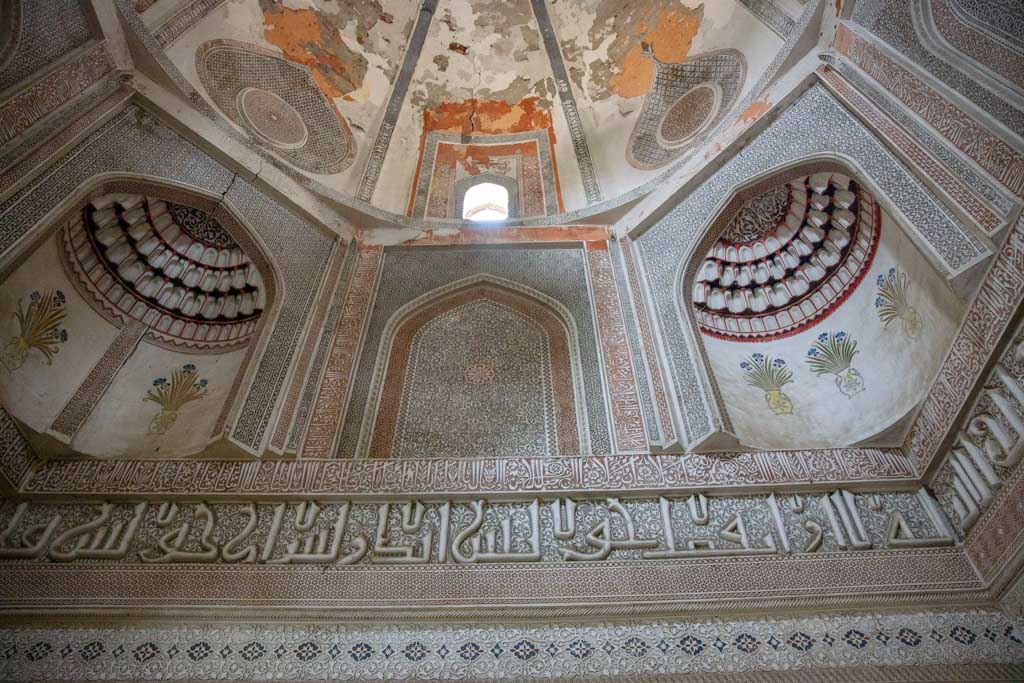

The Khoja Amin Mosque has intricately painted ceilings inside which were worth the effort to go inside, but the real gem was the Khojamni Kabri Mausoleum with a beautifully decorated facade and a grand interior. Khojamni Kabri Mausoleum’s exterior is decorated with a unique tiling method that was briefly popular in the 12th century.
Ota Valikhon Tur Mosque
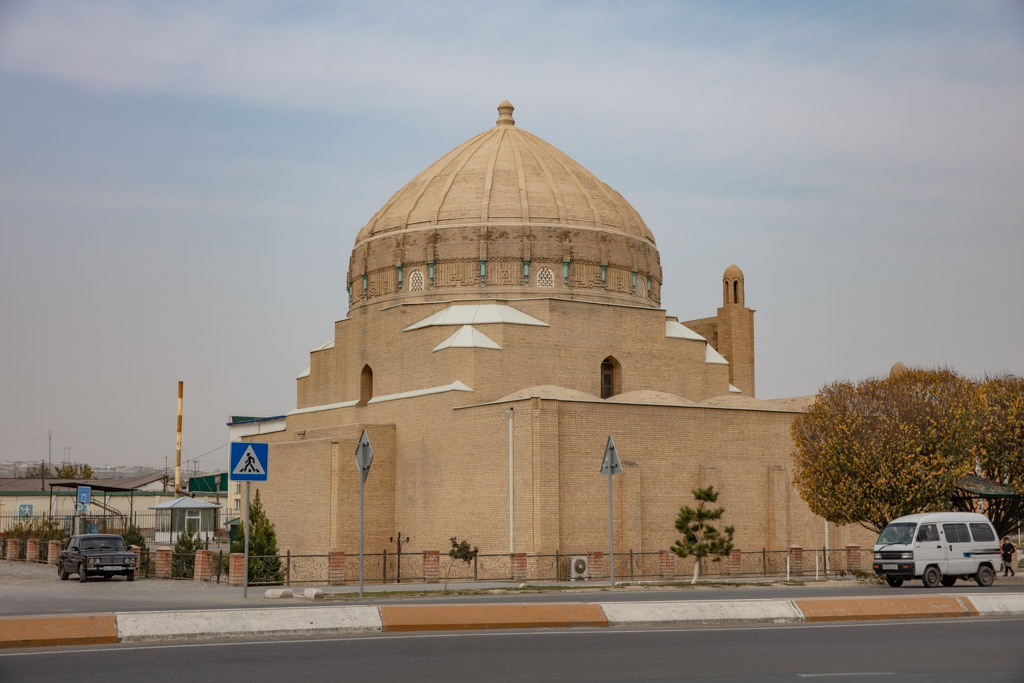
Back up on Uychi Ko’chasi about 1 km east of the Chorsu Bazaar is the Ota Valikhon Tur Mosque. The mosque was where Wahabbism first gained a foothold in the 1990s and began spreading across the Uzbek Fergana Valley. Money began funneling in from Saudi Arabia to fund the mosque turning into an extreme Wahabbi madrasa, but the movement was quelled and the madrasa and mosque shut by the Uzbek government.
The architecture of Ota Valikhon Tur Mosque is unique, featuring a ribbed dome with Arabic calligraphy adorning the edge of the cupola in brick, interrupted by turquoise accents.
Ota Valikhon Tur Mosque is no longer used as a mosque and now houses an art gallery belonging to the Namangan Artists’ Union and featuring works of local artists. We, unfortunately, didn’t get to visit as it was closed the day we visited.
Chorsu Bazaar
Chorsu Bazaar is the buzzing center of Namangan, located next door to Mullah Kyrgyz Mosque. If you came to Namangan by shared taxi, you’ll arrive just across the street, so you’ll almost inevitably find yourself strolling past sellers along the street.
Namangan Local Lore & History Museum
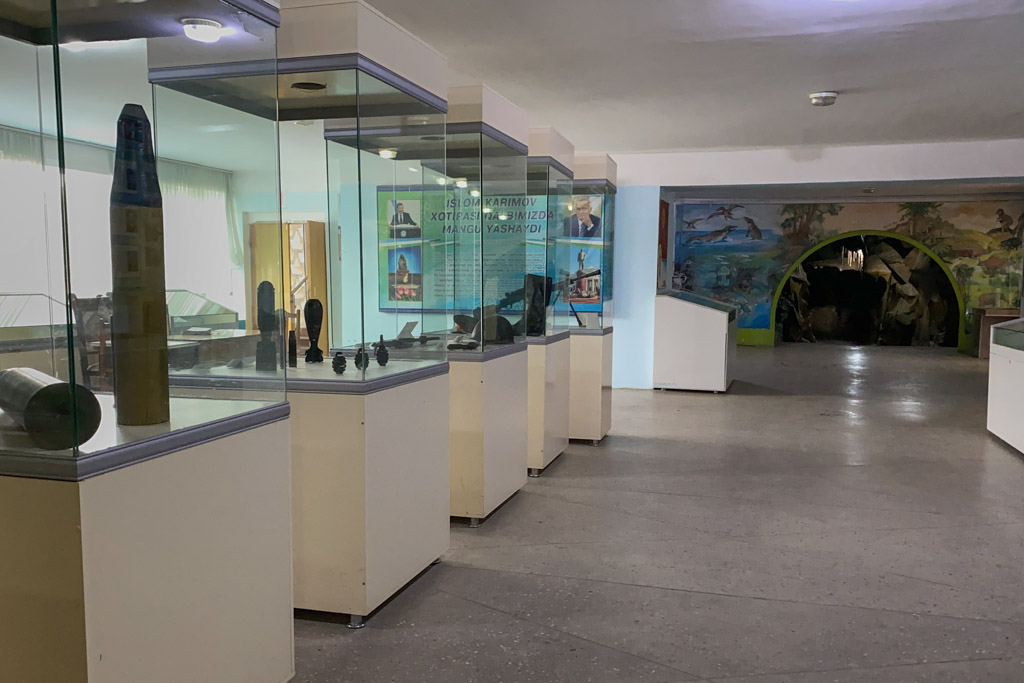
The boys we met over at Khoja Amin Mosque, continued with us back toward the Chorsu Bazaar and pointed out the Namangan Local Lore and History Museum, and talked us into checking it out. The museum houses artifacts from the Namangan Region, nearby Aksikent, and other destinations in the Fergana Valley. It also explains the turbulent history of the city and even has a section dedicated to local wildlife (and subsequently, bad taxidermy).
Entry to the Namangan Local Lore and History Museum is 10,000 UZS for foreigners.
Nodir Begum Library
Just across Namangani Ko’chasi from the Local Lore and History Museum, you will find a giant library dedicated to female poetess Nodira Begum. Nodira lived from 1792-1842 and was the wife of Umar Khan of Kokand. Upon his death, his 12 year old son Madali Khan was named his successor, though Nodira took charge as the de facto ruler.
Under Nordira, the Fergana Valley became an artistic oasis and her Uzbek and Tajik poetry grew popular in the region.
The Nodira Begum Library is 10,000 UZS to enter.
Navoi Theatre
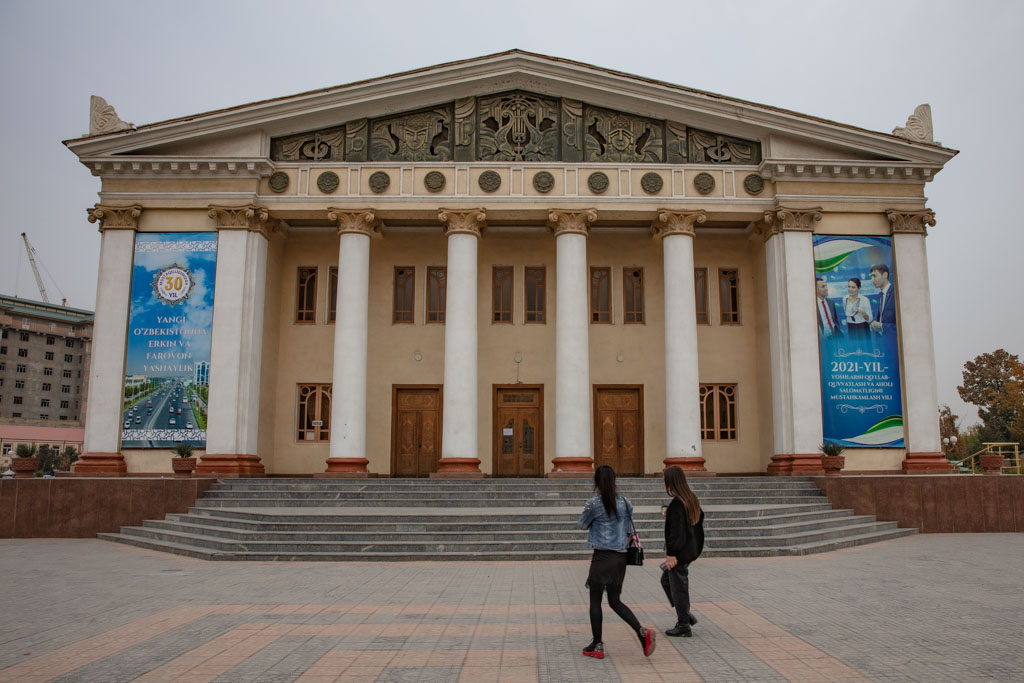
Located near Babur Park and Chorsu Bazaar, you’ll surely pass by Navoi Theatre. It mostly puts on local shows, so maybe worth catching a play at if you’ll be staying a bit longer in Namangan.
Babur Park
Babur Park originally was established as the governor’s private gardens in the late 1800s, though these days it’s completely open to the public. It’s a great place to head to hang out for part of the afternoon to people-watch while sipping chai or to meet locals.
Where to Stay in Namangan: Buyuk Ipek Yoli, Shedevr Plaza, Orzu Hotel
Best Restaurants in Namangan: Sharshara
How to get to Namangan: Shared taxis depart when full between Fergana City and Namangan, and will drop you off at the lot across the street from Chorsu Bazaar. A seat will cost 25,000 UZS each way.
Around Namangan
Aksikent
22 kilometers southwest of Namangan lies the ruins of Aksikent, an ancient fortified city that was established over 2,300 years ago. The bygone citadel consisted of three parts, the citadel center, shahristan (the city), and the rabad (meaning suburbs) and included a bathhouse, palace, zindon (prison), watchtowers, bazaar domes, caravanserais, and a mosque.
Aksikent would see many marauders pass through and attacks over the years, eventually being completely demolished in the 17th century by an earthquake, forcing the inhabitants to move to the current location of Namangan City.
How to get to Aksikent: Go to the shared taxi lot across the street from the Chorsu Bazaar in Namangan and negotiate a car to take you to Aksikent, wait, and take you back to Namangan.
Chust
Chust is famous for its production of knives and doppa/tubeteika (skull caps) where you can visit craftsman workshops where you can purchase their wares. The National Knife Factory is worth a visit in Chust to see artisans at work and learn more about the knife-making process. Grab a marshrutka from Namangan along Navoi Ko’chasi to reach Chust.
How to get to Chust: Minibus #245 that runs down Navoi and Do’stlik Ko’chasi goes to Chust. The ride takes about 45 minutes and should cost around 4,000 UZS.
Andijan
There aren’t a lot of sites to see in Andijan as a tourist and to be honest, I’ve only briefly visited once as I crossed the border from Osh, Kyrgyzstan several years back.
The Joma Mosque is the main attraction aside from those wanting to see the site of the fateful Andijan Massacre in which 1,500 peaceful protesters were gunned down by government forces.
Joma Mosque and Madrasa
Joma Mosque is the only building that survived the devastating 1902 earthquake the rattled Andijan to its core. The mosque is worth a visit to appreciate its vaulted ceilings and attractive facade.
Inside the mosque, you will also find the Regional Studies Museum, which you can visit for 10,000 UZS.
Jahan Bazaar
The Jahan Bazaar is the largest in the Uzbek Fergana Valley and is busiest on Sundays and Thursdays. Don’t miss the blacksmith’s bazaar in the back.
Yangi Bazaar
Yangi Bazaar is located just south of the Andijan Train Station and is a good place to head if you’re hungry. Shared taxi departing for the Kyrgyz border can be found outside.
Babur Museum
Dedicated to the founder of the Mughal Empire, Babur the museum displays his poetry and his autobiography- the Baburnama.
Cost: 10,000 UZS
Where to Stay in Andijan: Sheykh Hotel, Andijan Hotel, Bogishamol
Best Restaurants in Andijan: Bosco, Gumbaz Parhez Taomlari, La Veranda Restaurant
How to get to Andijan: Shared taxis connect Andijan with Fergana City (40,000 UZS) and Namangan (30,000 UZS) and depart when full. As mentioned previously, minibusses ply the route between Andijan and the Kyrgyz border crossing at Dostyk. Andijan also has a train station from which it’s possible to connect with other destinations in Uzbekistan.
Have Any Questions About Visiting the Uzbek Fergana Valley?
Ask in the comments section below.
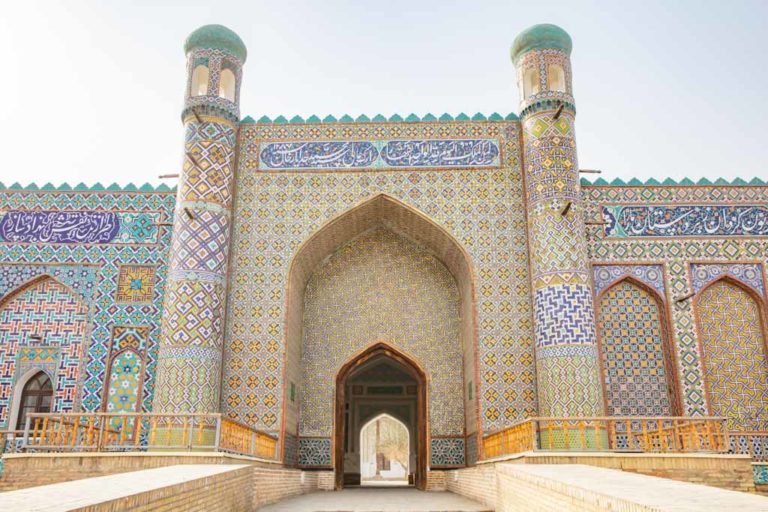
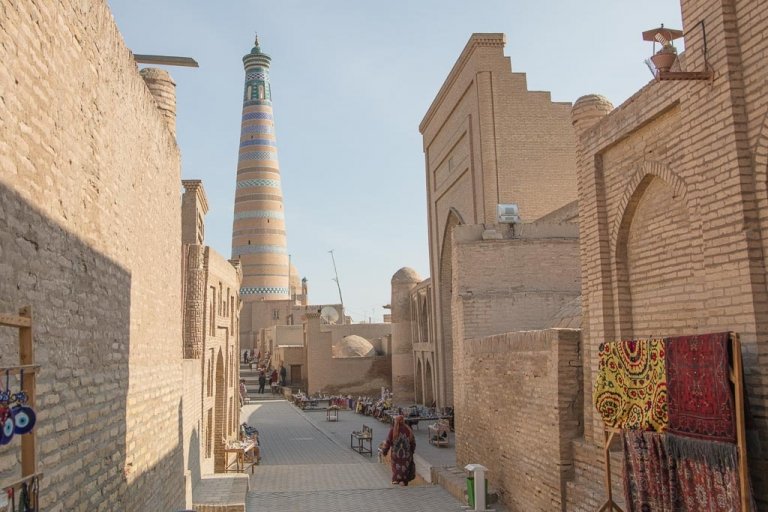
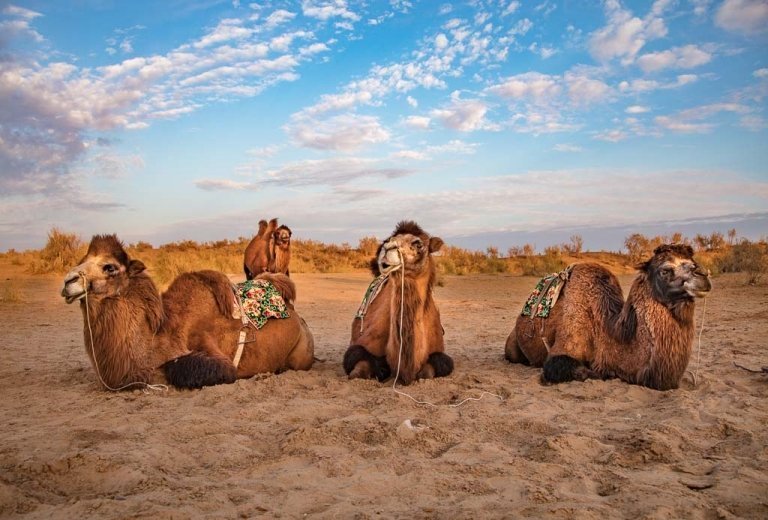
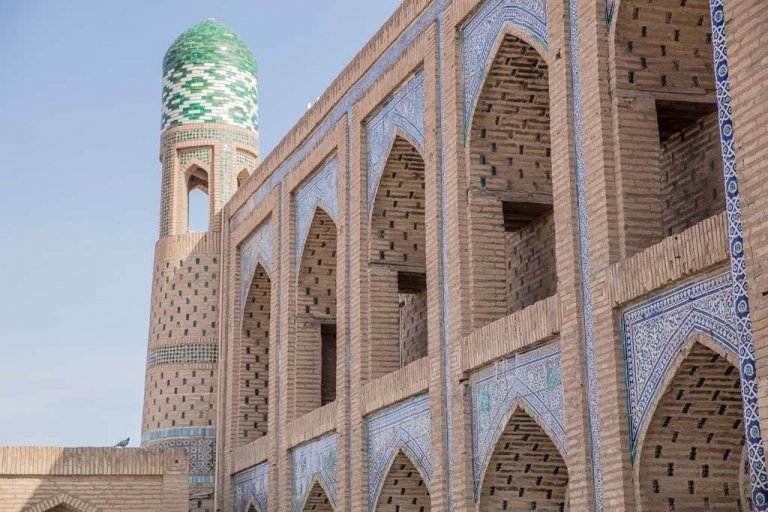

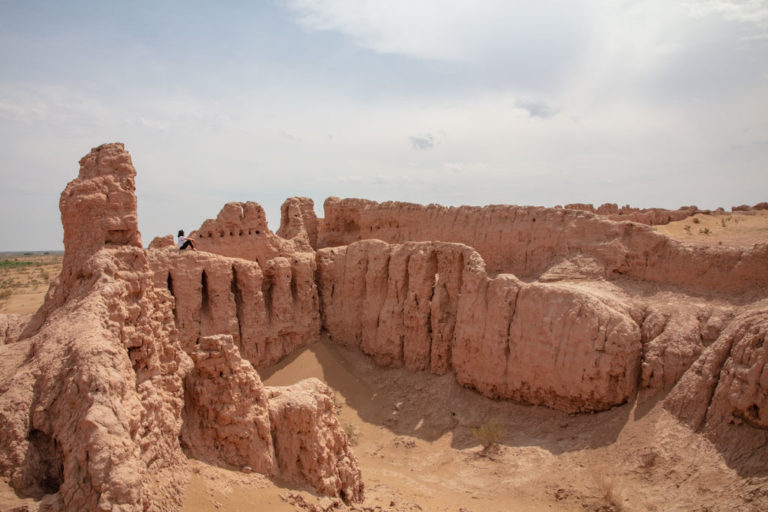
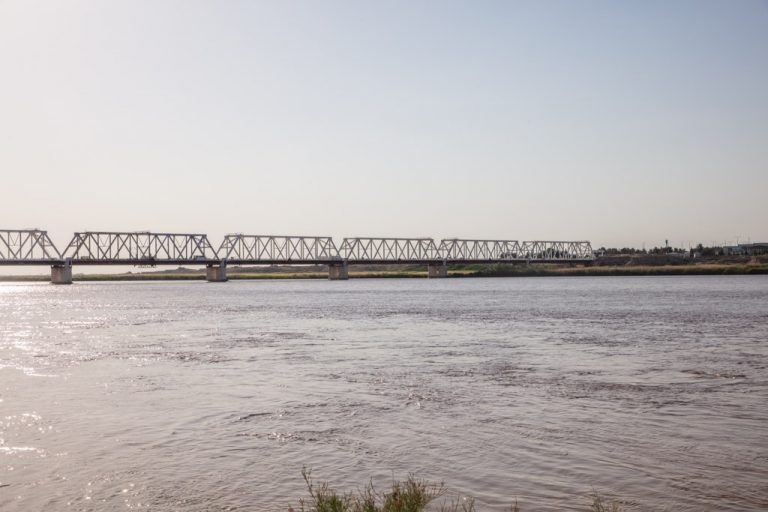


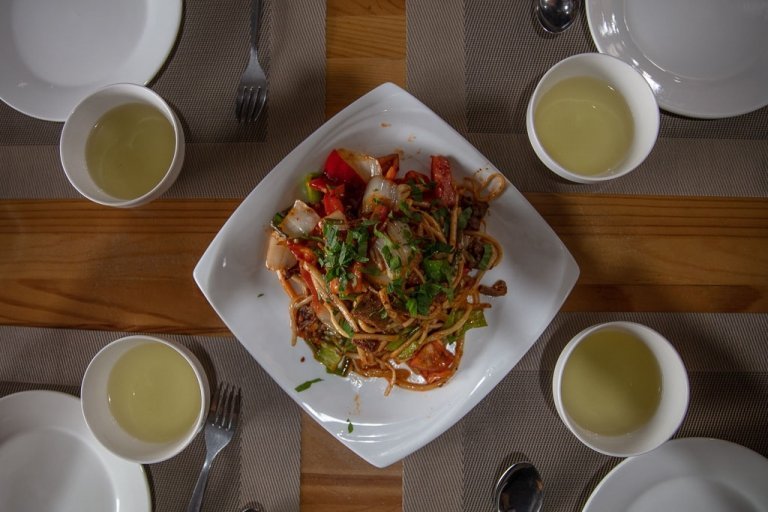
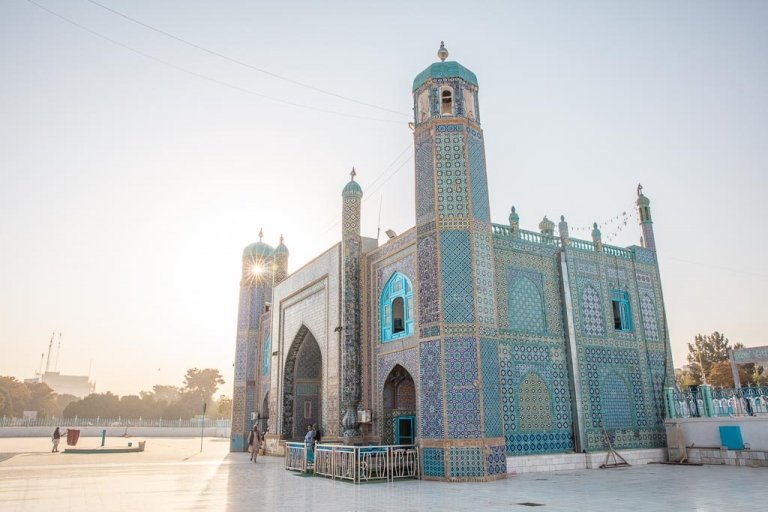
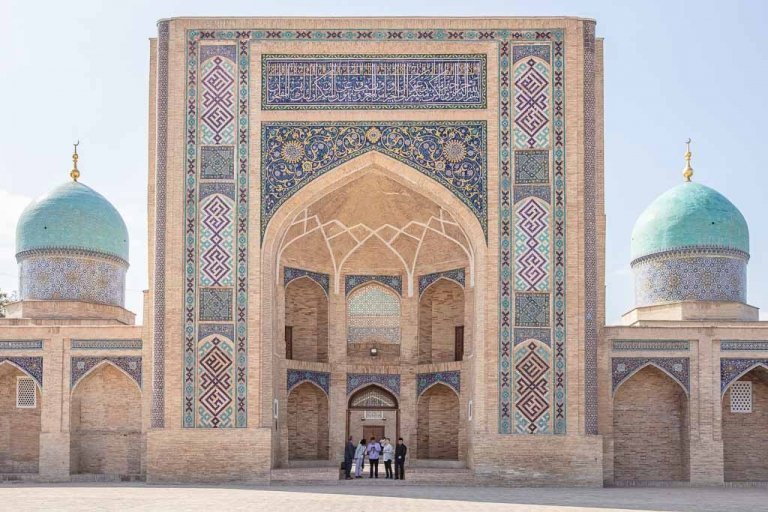
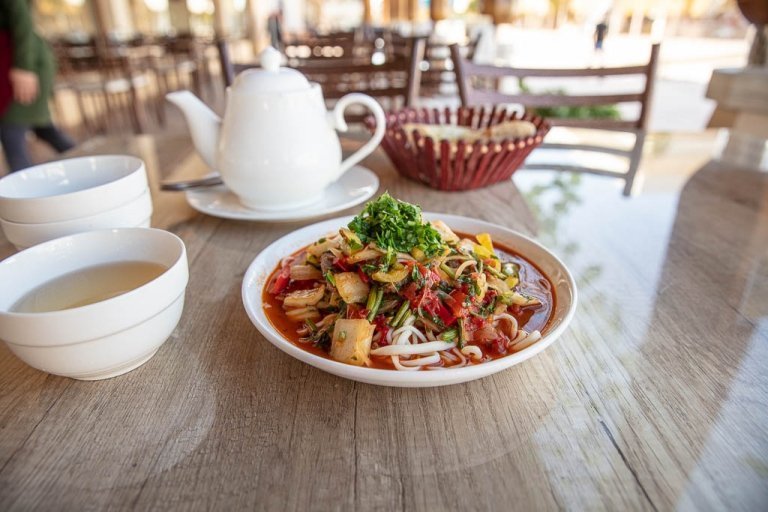
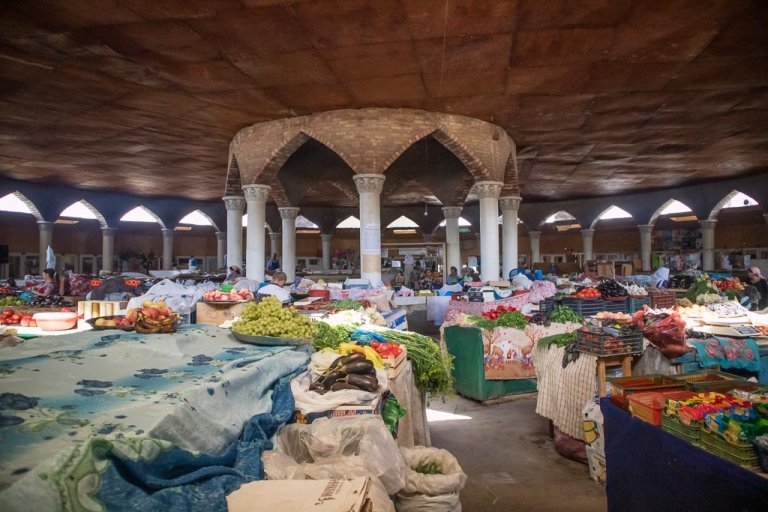


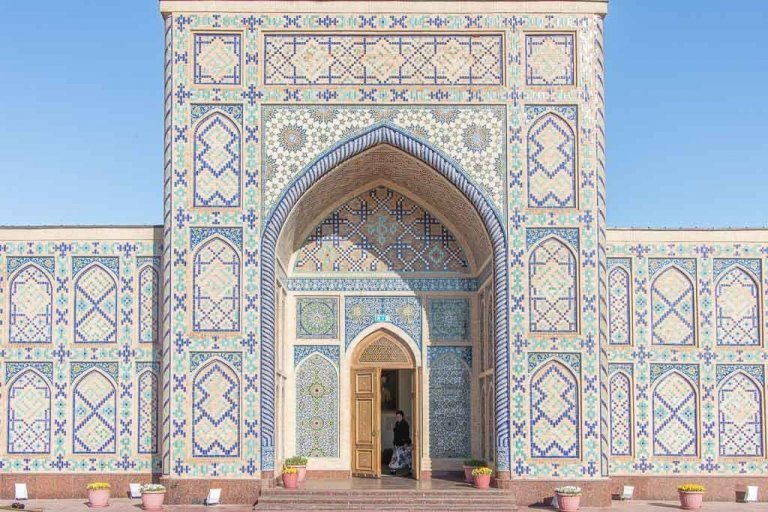
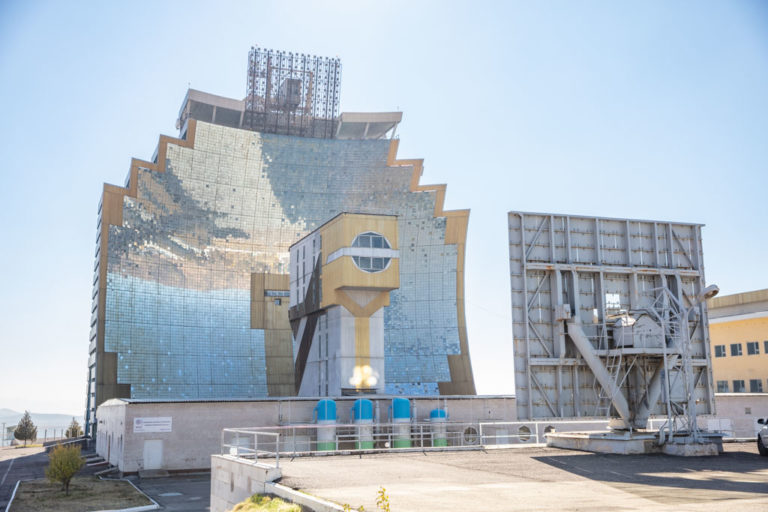

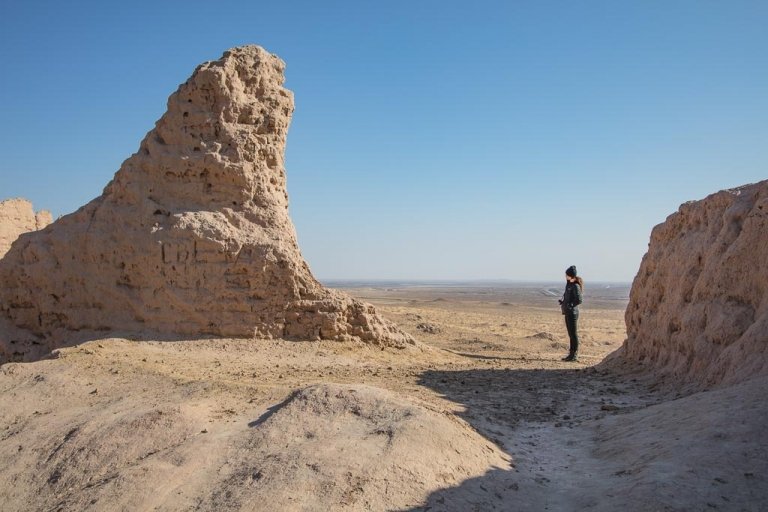

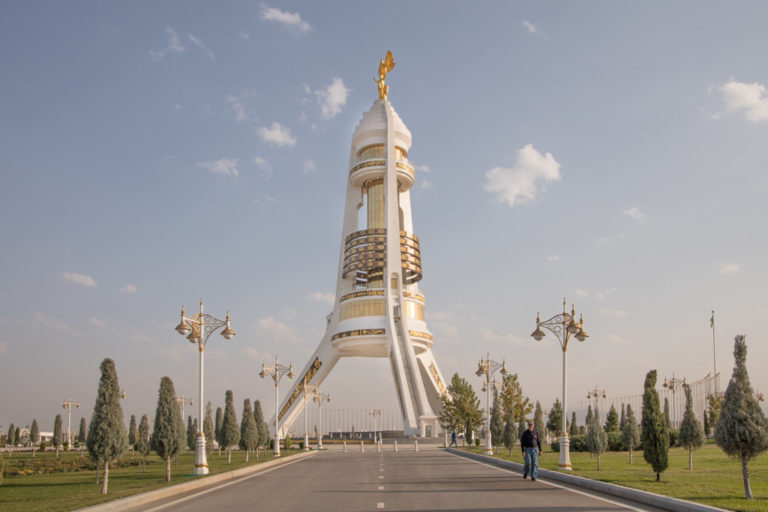
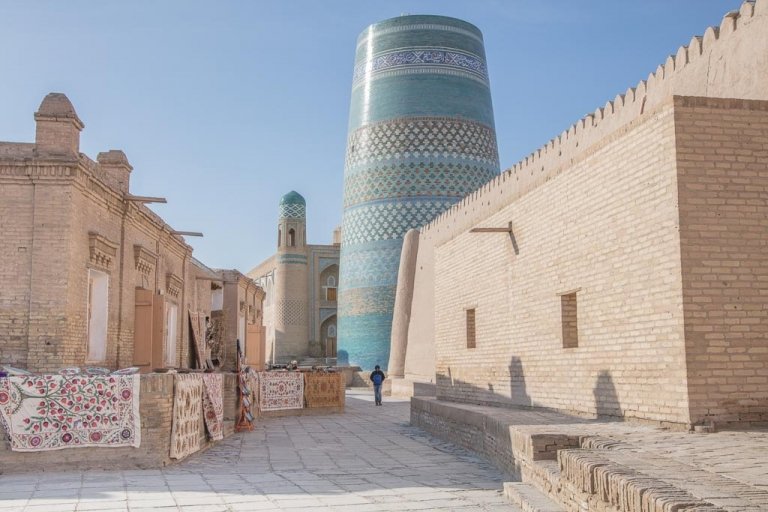


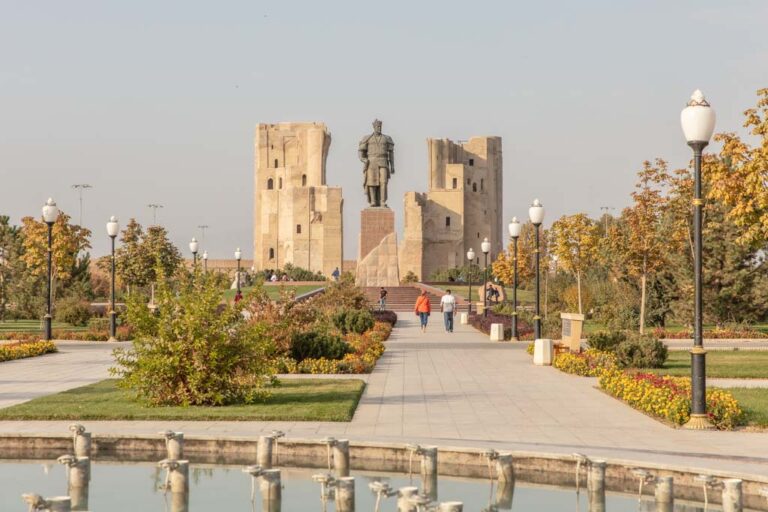
Wow, this travel guide is incredibly detailed and helpful! I’m planning a trip to Uzbek Fergana Valley soon and this guide has given me so much insight into what to see and do. Can’t wait to explore the area and experience the local culture. Thanks for sharing Nicole!
This Uzbek Fergana Valley travel guide is great! I’m planning a trip to Uzbekistan soon and this will be a great resource to have.
Are there places around the country where you can buy Rishtan pottery? I have to choose between a visit to Fergana Valley and Khiva, and am leaning toward a visit to Khiva, but I’m very interested in the pottery.
The majority of the ceramic pottery made in Uzbekistan comes from Rishtan and the surroundings, so you can pick up Rishtan pottery all over. Ask in the shops in other cities and they’ll point out pieces from there.